David Mark Mitchell
In her memoirs, Elisabeth Vigée Le Brun recounted a 1792 viewing of anatomical wax models in Florence as an experience of both awe and horror. First, the detailed replication of complex anatomical mechanisms inspired the painter with reverence for the divine creator; then, a glimpse of compactly twisted intestines in a life-sized model of a reclining woman provoked enduring distress. For days following her visit, Vigée Le Brun recalled being unable to encounter another person without imaginatively stripping them first of clothing and then of skin.[1] Literally visceral, in their careful description of human viscera, such anatomical models likewise inspired visceral response (Fig. 1).
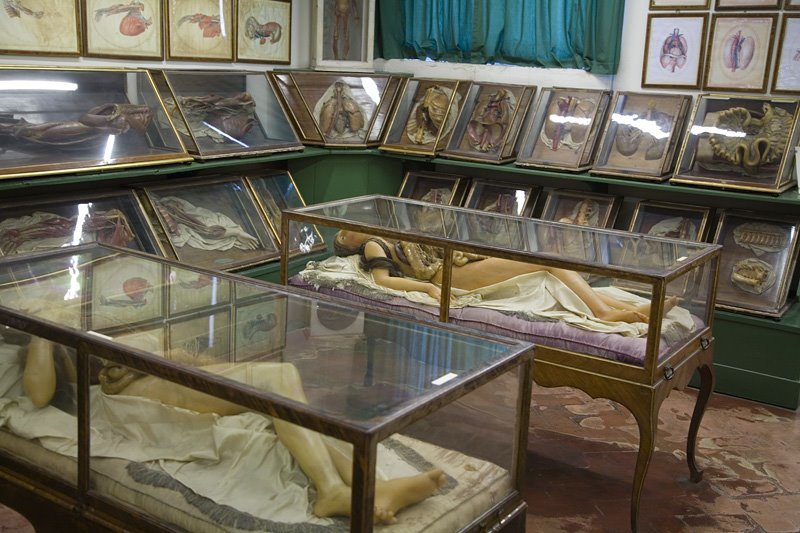
Fig. 1. Showroom XXIX at La Specola, Florence, featuring Anatomical Venuses manufactured by the workshop of Clemente Susini. Photo: © Joanna Ebenstein.
The site of Vigée Le Brun’s reverence and revulsion was Florence’s Museum of Physics and Natural History (La Specola), founded by Grand Duke Peter Leopold in 1775.[2] That institution’s most renowned work, and possibly the very model that provoked Vigée Le Brun’s distress, was a reclining female figure whose torso opens to reveal seven anatomical layers of internal organs and a tiny gestating fetus.[3] Cast in wax around 1780, the figure was called Venus and adorned with glass eyeballs, human hair, and a string of pearls (Fig. 2).
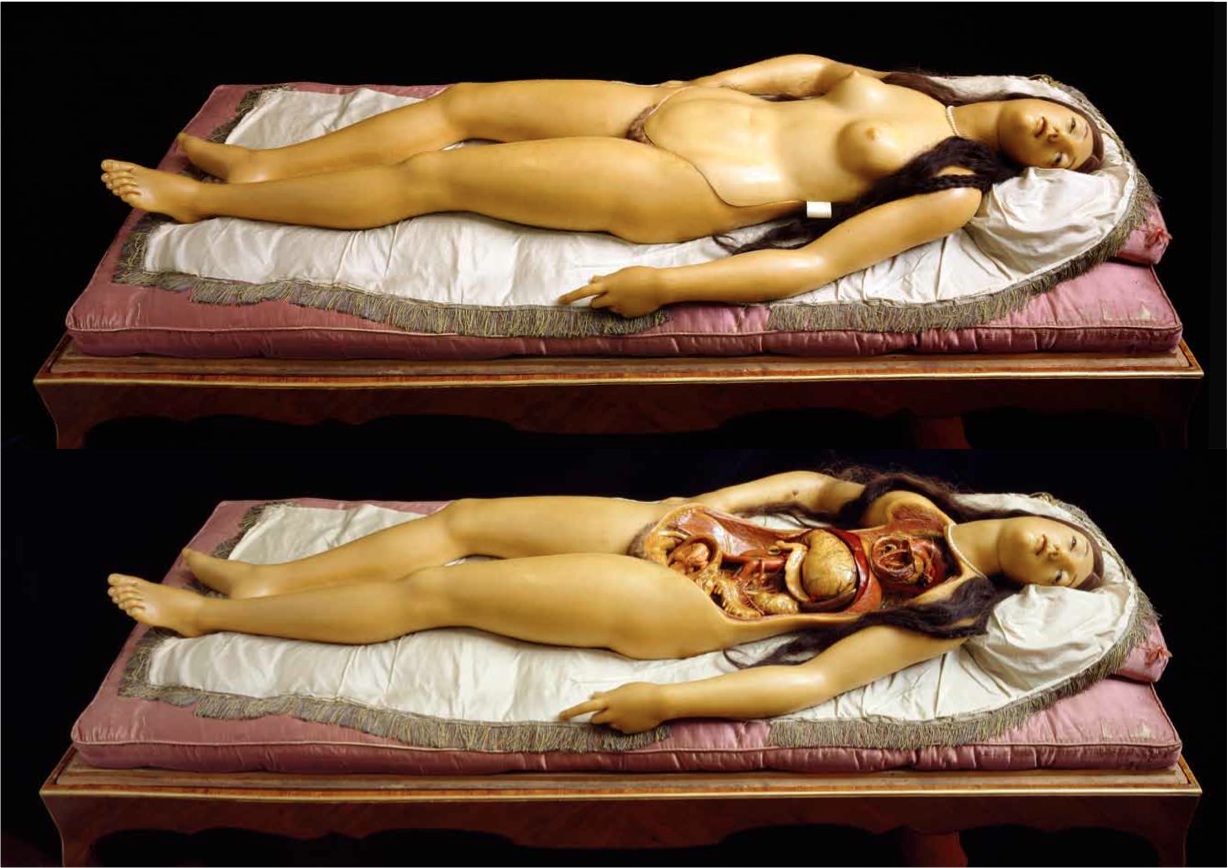
Fig. 2. Workshop of Clemente Susini and Giuseppe Ferrini, Pregnant Female with Removable Skin and Abdominal Layers (also known as the Anatomical Venus), c. 1780. Metal or wood skeleton, wax, 180 x 80 cm. La Specola, Florence. Photo: © Joanna Ebenstein.
Joanna Ebenstein’s 2016 publication, The Anatomical Venus, charts the wider cultural resonance of the Specola Venus model and its derivatives from the eighteenth century to the present.[4] The book’s chapters trace threads of associative cultural form. These “curious afterlives,”[5] as Ebenstein terms them, extend from Enlightenment Florence and early modern anatomical illustration to fairground spectacle, erotic fetish, and the surrealist grotesque.
The work’s aesthetic of visual montage reinforces Ebenstein’s argument for multiple cultural trajectories of the Specola Venus through the juxtaposition of a wide range of images. Sequences of Ebenstein’s dramatic photographs of anatomical models offer a tangible sense of these objects (Fig. 3). Interspersed between these pages are myriad comparative representations. The publication includes grids of sixteenth-century anatomical engravings and nineteenth-century carnival leaflets, devotional objects, and illustrations for obstetric manuals. Twentieth-century mannequins, as constructed by Jake and Dinos Chapman or as photographed by Hans Bellmer, situate the reader within the twentieth-century uncanny in the book’s concluding chapter.
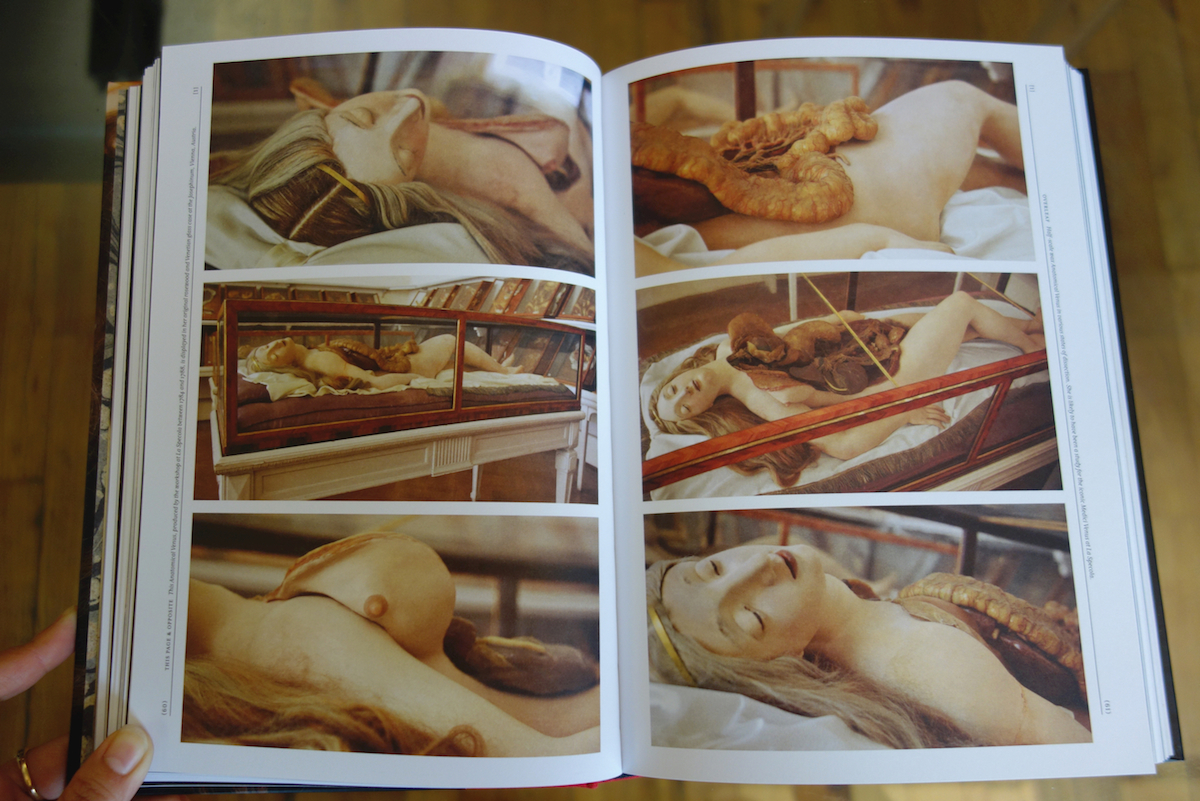
Fig. 3. Pages from Joanna Ebenstein’s The Anatomical Venus. Photo: © Joanna Ebenstein. The photographs depict anatomical venuses produced by the Specola workshop between 1784 and 1788 and displayed at the Josephinium in Vienna.
Ebenstein’s project was featured in a number of popular web publications following its release. Review summaries and interviews appeared on major news outlets, such as BBC, Huffington Post, and The Telegraph; feminist media pages such as Bust and Jezebel; and cultural publications such as Salon and Hyperallergic. [6] Sites consistently reproduced Ebenstein’s photographs. As such, models fabricated in the anatomical workshops of La Specola in the last decades of the eighteenth century took their position, repeatedly over the past year, as a feature on prominent websites largely dedicated to contemporary culture and events.
This surge of awareness of the existence of historical anatomical models in the popular sphere invites some comment. For this was not a widely revived interest in the visual culture of Enlightenment Florence.[7] Rather, it seems, there was something specific and alluring in Ebenstein’s engagement with eighteenth-century wax anatomies that captured the attention of editors and cultural critics.
Website headlines occasionally described the models in abject terms: as bizarre, weird, or disgusting. These qualifiers register both the affective immediacy of the anatomical figures and their distance from present-day expectations. In signaling the visceral force and the strangeness of these historical works, journalists followed Ebenstein’s own assertion that these representations are specifically relevant to the present moment as well as enduringly mysterious.[8]
In his analysis of wax’s historiography, Georges Didi-Huberman has emphasized the disruptive force of the medium. In his writing, the material’s transitory viscosity serves as a metaphor for the capacity of its hyper-realism to upset art history’s linear plots.[9] The online reception of Ebenstein’s projects, by contrast, attests to wax’s relative ease of flow via certain passageways of the digital sphere.[10] Like a fluctuating expansion of Aby Warburg’s unfinished Mnemosyne Atlas (1927-1929), numerous internet platforms are composed of shifting configurations of juxtaposed images (Fig. 4).[11] And so the enthusiasm for waxworks within this mediascape might be inversely related to their omission from linear sequences of art’s style or iconography. Excluded to avoid the impediment of stylistic anomaly and the confusion of cultural hierarchies within certain historical accounts, waxworks have conversely gained traction within the competitive forum of the digital’s lost-and-found dynamics. Whereas art historians such as Horst W. Janson and Ernst Gombrich dismissed the excessive resemblance of wax representation or noted the waxwork’s uneasy surpassing of “the boundaries of symbolism” as justification for its exclusion, recent website headlines aimed to attract readers by promoting the uneasy excess of hyperrealism with titles such as “These Creepy Anatomical Dolls are Way Too Real.”[12]
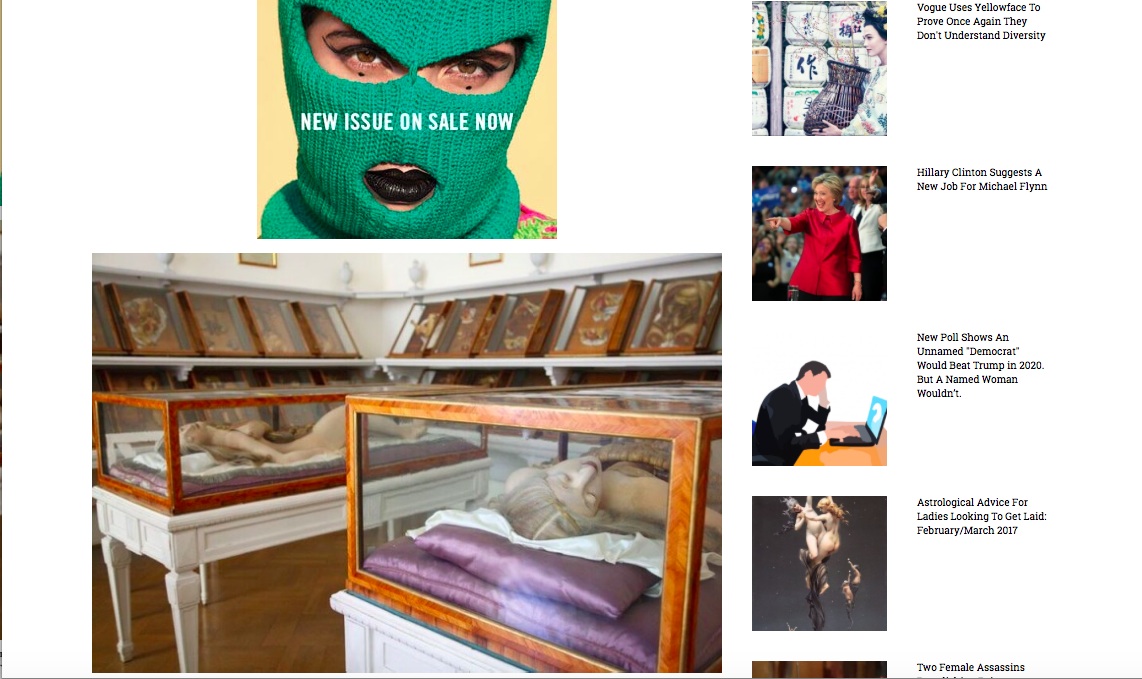
Fig. 4. Screenshot: Courtney Bissonette. “Move Over Barbie! These Creepy Anatomical Dolls Are Way Too Real,” Bust.
Rather than mere hyperrealism, I would argue that the Specola Venus and related eighteenth-century anatomical models thematize verisimilitude. These objects lay bare the theoretical dynamics of veristic illusion in material terms.[13] In their mixed signs of animacy and morbidity, their literal incorporation of a life-like exterior with the dissected layers that can only be revealed postmortem, these sculpted figures foreground a gap between life and the lively.
The conceptual cycle of suspended disbelief that lifelike aesthetics might stir, in which investment in lively evocation alternates with awareness of the inert matter on which the illusion is projected, is, for these fabrications, jarringly overt. For even more literally than the conventional indication of correspondence between model and representation, ad vivum, the Specola Venus is rendered after life as an attentive description of the bodily matter of persons no longer living. Numerous corpses were required for casting in order to assemble this single wax figure.[14] Its wig of human hair both contributes to the lively illusion and indexes absence as an abject bodily castoff.
This unsettled situation between the suggested presence of living subjecthood and the absence of cadaverous remains–vividness without vitality–positions such representations as effective focal points for the historical imagination, which rests in the unsettled sphere of absent presence. These objects teeter between current relevance and the strangeness of the past by evoking tactile immediacy simultaneous to vacuous loss. Images of these sculptural works convey this conceptual weight with some efficiency.
I am arguing that the force of the figure’s receptive afterlives, as charted by Ebenstein, might be driven by the manner in which the model is rendered after life. In keeping with Michael Ann Holly’s proposal that the formal properties of artworks play a role in their reception, the anatomical model’s indeterminate animacy positions it as a particularly effective anchor for envisioning a lost world.[15] Caught between life and death, these anatomical waxes can serve as embodiments of history, a discipline engaged with material remnants and departed subjects.
In Ebenstein’s work, the figures’ tantalizing indeterminate vitality is emphasized in the cropped corporeality of her photographic translations.[16] Here tightly framed compositions, which isolate selected features of their waxen subjects, double the fragmentation of the partially dissected models they document (Fig. 5). In their violence, these images literally encapsulate Holly’s brutal variation on Walter Benjamin’s dialectical image: historical inquiry as fixation on the open wound, or “the cut between past and present.”[17]
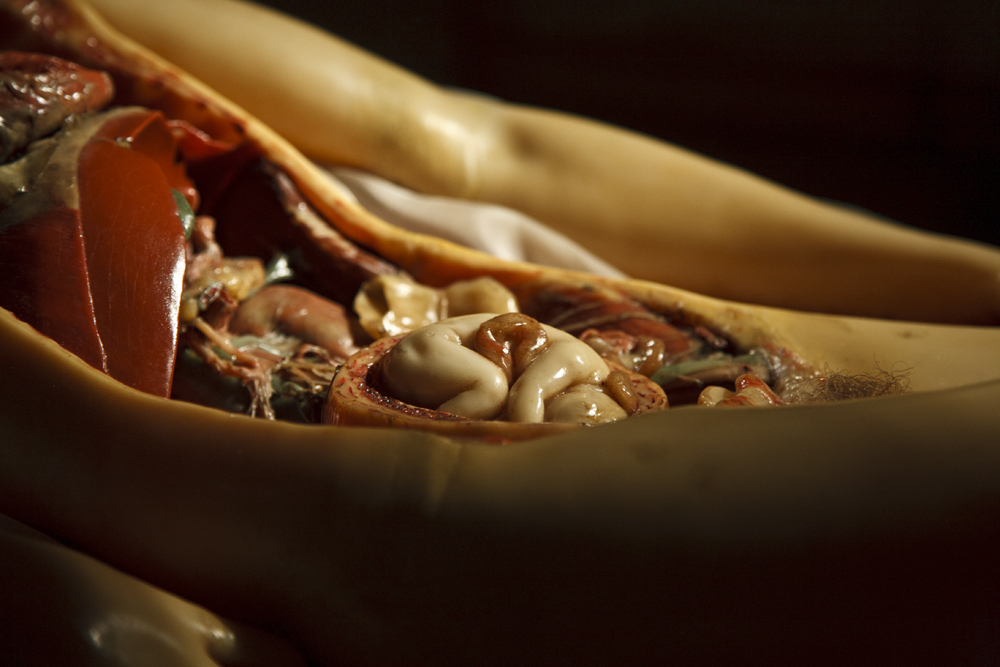
Fig. 5. Detail: Workshop of Clemente Susini, Venus (called La Venerina), 1780-1782. Wax. Museo de Palazzo Poggi, Università di Bologna. Photo: © Joanna Ebenstein.
As a focal point for the popular historical imaginary, The Anatomical Venus and its online reception bear some parallel to the “dynamic historical reflection” characteristic of the Wunderkammer.[18] Though not itself a curiosity cabinet, La Specola emerged in its aftermath. Peter Leopold, the first Hapsburg archduke of Florence, distributed the contents of the Medici Wunderkammer among various sites and established La Specola as an “experiment in public Enlightenment” that was open to Tuscans of all social ranks without charge.[19] The internet, a “digital Wunderkammer extraordinaire,” is equally an experimental forum for configurations of public discourse where information is enmeshed with sensational entertainment.[20] These points of consonance—unfixed epistemological platforms—contextualize the translation of an Enlightenment pedagogical model to clickbait.
La Specola’s curatorial strategies were intended to counter the opaque ornamentation of the Medici Wunderkammer with the order and visibility of Enlightenment: uniform rosewood cabinets for all specimens with glass panes to render museum materials available to public inspection.[21] Now deprived of their pedagogical function, the anatomical models are arguably adrift within the realm of curiosity.[22]
Rebecca Messbarger has positioned the Specola figure’s identity as “Venus” in relation to transitions in epistemology and aesthetics as Peter Leopold grappled with the cultural legacy of the Medici in Florence. As a tool of scientific knowledge, the anatomical Venus aimed to surpass artistic representations collected and commissioned by past Medici rulers. In another respect, it borrowed the prestige of this established type.[23] Messbarger highlights, in particular, the inclusion of wax casts of ancient sculptures in La Specola at the moment of its foundation, including the famed Venus de’ Medici, as evidence for the complex negotiation between art’s appreciation and science’s pedagogy.[24]
Keeping this correspondence between the Specola model and her ancient sculptural namesake in mind, I conclude with a brief reassembly of Venus. Let us imagine her waxen organs replaced in the compartment of her abdomen. Her incisions heal; her skin blanches to monochrome. She stands, ascends a pedestal, and bends one knee to assume contrapposto. She is Winckelmann’s ideal again (Fig. 6). But can we see such a standard of neoclassical beauty in the same way after having considered the “curious afterlives” of its derivation in wax? Winckelmann’s description of the “The Medicean Venus at Florence” might resonate differently. For in his figuration of this ideal beauty, he not only compared her corporeality to a blossoming flower and a ripening fruit, he equally imagined the dynamic mechanisms of her physiological interior beneath the marble surface. He describes her in transition to a state “in which all the vessels of the animal system are beginning to dilate.”[25]
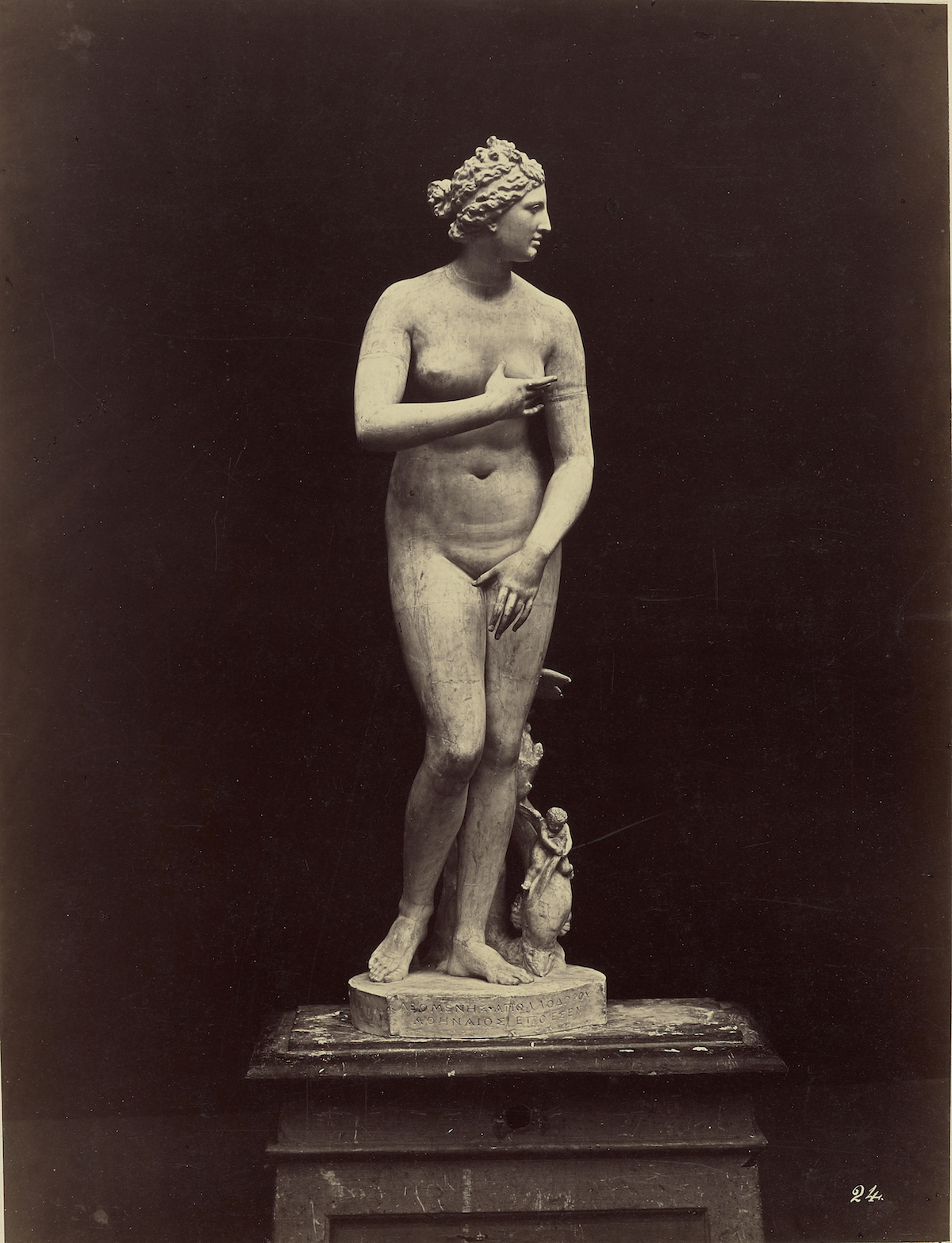
Fig. 6. Venus de Medici, 1st century BCE. Marble. Uffizi Gallery, Florence. Photographed by Fratelli Alinari, about 1856-1872, Albumen silver print, 33 × 25.2 cm. Digital image courtesy of the Getty’s Open Content Program.
Interpreters have observed that for Winckelmann and other eighteenth-century writers, the Medici Venus served as a culturally-sanctioned focal point for erotic fantasy.[26] But the anatomical specificity of Winckelmann’s variation on the convention of animistic ekphrasis equally anticipates the fabrication of the Specola Venus, two decades after he published his text.[27] Indeed the coincidental appropriateness of Winckelmann’s phrase for the ancient marble’s namesake in wax suggests a counterintuitive implication for the associative logic of Ebenstein’s pursuit of curious afterlives. Derivations might reflect back on prototypes; and overlayed contexts of reception might occasionally reorient us within a historicist field.
David Mark Mitchell, a PhD candidate at McGill University, is completing a dissertation entitled Mimetic Heresies: Waxworks in Paris, 1661-1723
[1] Elisabeth Louise Vigée Le Brun, Souvenirs (Paris: Charpentier, 1869), 237. In her monograph on Vigée Le Brun, Mary Sheriff offers an incisive analysis of how this retrospective glance on the 1792 visit offered an opportunity for intricate self-fashioning in The Exceptional Woman: Elisabeth Vigée-Lebrun and the Cultural Politics of Art (Chicago; London: University of Chicago Press, 1996), 13–19.
[2] The museum was housed in the Palazzo Torrigiani. The workshop for anatomical waxes had been established four years prior to the institution’s opening in 1771. The museum came to be called La Specola once an astronomical observatory was added. For a summary history of this institution, see Anna Maerker, “Anatomy and Public Enlightenment: The Florentine Museo ‘La Specola,’” in Medical Museums: Past, Present, Future, ed. Samuel JMM Alberti and Elizabeth Hallam (London: Royal Council of Surgeons in England, 2013), 88–101.
[3] A report by Giuseppe Fabbroni, assistant to the museum’s director, Felice Fontana, describes a reclining female whose torso could be “dismantled […] in nearly the same order as one can perform with an anatomical knife on a human cadaver.” Quoted in Rebecca Messbarger, “The Re-Birth of Venus in Florence’s Royal Museum of Physics and Natural History,” Journal of the History of Collections 25:2 (2013), 212 n.2. This document attributes the model to Ferrini, who headed the anatomical workshop until he was succeeded by his assistant, Clemente Susini, in 1782. A project to train medical students in Florence based on photographs of the Specola models attests to the anatomical accuracy of these representations. Maerker, “Anatomy and Public Enlightenment,” 100.
[4] Joanna Ebenstein, The Anatomical Venus (London: Thames and Hudson, 2016). An edition released simultaneously by Distributed Art Publishers appended the subtitle “Wax, God, Death & the Ecstatic.”
[5] Ebenstein, The Anatomical Venus, 15.
[6] A list of webmedia coverage of The Anatomical Venus is available on The Morbid Anatomy Blog: “The Anatomical Venus” (accessed January 13, 2017).
[7] For example, within the same publications that featured the Specola’s Venus, there has been no recent interest in Anton Raphael Mengs, the neoclassical painter whose theories guided art institutions in Peter Leopold’s Florence. On Mengs as a model for the archduke’s artistic programming, see Messbarger, “The Re-Birth of Venus,” 214 n.34.
[8] Ebenstein states her intention to analyze the Anatomical Venus as a fascinating enigma in her introduction. One of her concluding points asserts the potential relevance of “archaic ways of thinking” that the Anatomical Venus type suggests, Anatomical Venus, 19, 213.
[9] Georges Didi-Huberman makes this argument with references to texts by Julius von Schlosser and Aby Warburg in “Viscosities and Survivals: Art History Put to the Test by the Material,” in Ephemeral Bodies: Wax Sculpture and the Human Figure, ed. Roberta Panzanelli, trans. Jane Marie Todd (Los Angeles: Getty Research Institute, 2008), 154–169.
[10] In addition to the web reception of The Anatomical Venus, I refer here to Morbid Anatomy’s multiple digital platforms (Facebook, Twitter, Pinterest, Youtube, Instagram, and the blog itself). Unfortunately The Morbid Anatomy Museum, an exhibition space in Brooklyn that was associated with the project, has recently closed. See Jennifer Schuessler, “Morbid Anatomy Museum Closes Its Doors,” New York Times, December 20, 2016 (accessed January 13, 2017). A portion of nineteenth-century waxworks previously exhibited at The Morbid Antomy Museum are now on display at House of Wax, a bar that is part of the Alamo Drafthouse Cinema multiplex in downtown Brooklyn. Corey Kilgannon, “Victorian Cocktails and Medical Curiosities in (Where Else?) Brooklyn,” New York Times, October 23, 2016 (accessed February 28, 2017).
[11] On Aby Warburg’s Mnemosyne Atlas, see Matthew Rampley, “Archives of Memory: Walter Benjamin’s Arcade Project and Aby Warburg’s Mnemosyne Atlas,” in The Optic of Walter Benjamin, ed. Alex Coles (London: Black Dog Publishing, 1999), 94–119.
[12] For Janson and Gombrich’s dismissal of waxworks, see Didi-Huberman, “Viscosities and Survivals,” 155-156. The recent article in question is: Courtney Bissonette, “Move Over Barbie! These Creepy Anatomical Dolls Are Way Too Real,” Bust, May 19, 2016 (accessed January 13, 2017). It is, of course, not surprising that the aesthetic evaluations and rhetorical conventions of academic art historians in the mid-twentieth century would differ from those in current cultural media. But the inverse scale of value is worthy of note.
[13] Verisimilitude was itself a complex and shifting concept in early modern and eighteenth-century writing. Image theorists had long debated between platonic condemnations of deceptive illusion and Aristotelian standards of coherent fictive effects. With reference to Winckelmann’s ideal as a selective imitation of nature, Hans Blumenberg writes that classical aesthetics followed Aristotelian logic in promoting verisimilitude as seeming truth. Paradigms for a Metaphorology [1960], trans. Robert Savage (Ithaca: Cornell University Press, 2010), 97.
[14] Anna Maerker has noted a discrepancy between Felice Fontana’s claims that each wax model required 200 corpses and the annual records of the total number of bodies delivered to the Specola’s workshop, which were consistently between 100 and 200. See Model Experts: Wax Anatomies and Enlightenment in Florence and Vienna, 1775-1815 (Manchester; New York: Manchester University Press, 2011), 88.
[15] Michael Ann Holly, Past Looking: Historical Imagination and the Rhetoric of the Image (Ithaca; London: Cornell University Press, 2005).
[16] A range of Ebenstein’s documentation of anatomical museums is on display online: Joanna Ebenstein, “Depictions of The Body, Disease and Death in Medical Museum of the Western World,” Flickr (accessed January 12, 2017).
[17] Michael Ann Holly, The Melancholy Art (Princeton; Oxford: Princeton University Press, 2013), 116. On Benjamin’s dialectical image as the relation between the “has been’ and the ‘now’ as opposed to linear chronology, see Rampley, “Archives of Memory,” 102.
[18] Horst Bredekamp, The Lure of Antiquity and the Cult of the Machine: The Kunstkammer and the Evolution of Nature, Art and Technology, trans. Allison Brown (Princeton: Markus Wiener Publishers, 1995), 9.
[19] Maerker, “Anatomy and Public Enlightenment,” 91.
[20] David Balzer, Curationism: How Curating Took over the Art World and Everything Else (Toronto: Coach House Books, 2014), 35.
[21] On the distinction between display in the Medici curiosities and La Specola’s curation, see Maerker, Model Experts, 125.
[22] Editors of a recent volume on anatomical museums remark that historical collections are now of primary interest to writers, artists, and “thriving young subcultures” interested in the macabre. Elizabeth Hallam and Samuel JMM Alberti, “Bodies in Museums,” in Medical Museums: Past, Present, Future, ed. Elizabeth Hallam and Samuel JMM Alberti (London: Royal Council of Surgeons in England, 2013), 10–13.
[23] Messbarger, “The Re-Birth of Venus,” 197-203.
[24] Messbarger, “The Re-Birth of Venus,” 204. The Venus’s pendant was a wax cast of “the idol,” a bronze Apollo from the fifth century BCE.
[25] Johann Joachim Winckelmann, The History of Ancient Art [1764], trans. Giles Henry Lodge, vol. 2 (Boston: James Munroe, 1849), 93.
[26] Alex Potts, Flesh and the Ideal: Winckelmann and the Origins of Art History (New Haven; London: Yale University Press, 2000), 129. See also Elizabeth Prettejohn, Beauty and Art, 1750-2000 (Oxford; New York: Oxford University Press, 2005), 30.
[27] Christina Ferando has recently analyzed implied associations between neoclassical sculpture and anatomical wax models with a focus on the occasionally critical response to the waxen patinas that Canova applied to his marbles. See Ferando, “The Deceptive Surface: Perception and the Sculpture’s Skin,” Images Re-Vues 13 (2016), http://imagesrevues.revues.org/3931 (accessed 11 Feb 2017).
Cite this note as: David Mark Mitchell, “Vividness without Vitality: The Specola Venus’ s Intersecting Afterlives,” Journal18, Issue 3 Lifelike (Spring 2017), https://www.journal18.org/1478. DOI: 10.30610/3.2017.5
Licence: CC BY-NC
Journal18 is published under a Creative Commons CC BY-NC International 4.0 license. Use of any content published in Journal18 must be for non-commercial purposes and appropriate credit must be given to the author of the content. Details for appropriate citation appear above.
